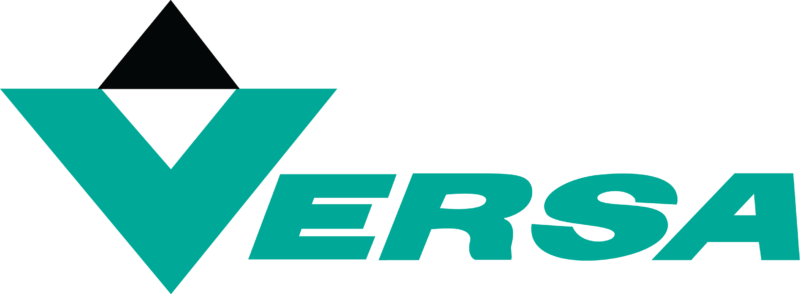Versa is always looking for the best and the brightest to join our team; people who thrive on change, love challenges and who bring an enthusiastic outlook and perspective. If you would like to join our incredible team, take a look at our current job openings.
